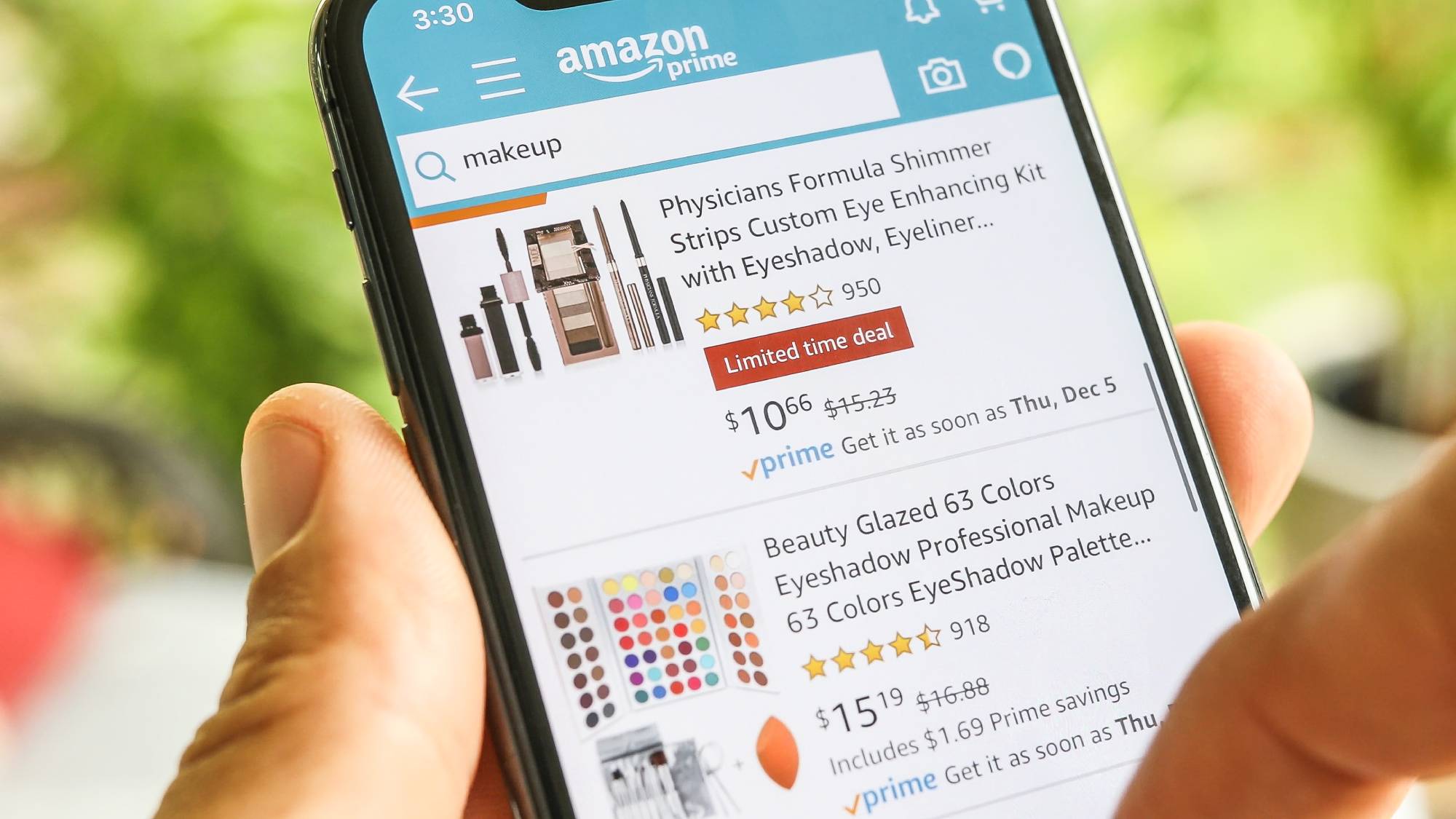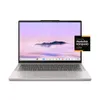5 expert tips for getting the best Black Friday deals this year

Black Friday deals are everywhere, and it's easy to get swept up in the excitement of limited-time offers and massive discounts. But here's what most shoppers don't realize: a huge percentage of Black Friday "deals" aren't actually cheaper than prices at other times of the year. Some retailers even inflate prices in the weeks leading up to main event, then drop them down during the sale to create the illusion of a deal.
Others advertise discounts on products that were already at that price or lower just weeks before. The pressure to buy quickly, combined with flashy marketing and countdown timers, makes it hard to tell if you're actually saving money or just spending it. Before you hand over your credit card this Black Friday, here's how to verify you're getting a genuine deal that's worth the spend.
1. Check the price history

Don't always trust the was $X, now $Y labels at face value. Some retailers raise prices in the weeks before Black Friday, then drop them back down to create the appearance of a huge discount.
You can use price tracking websites like CamelCamelCamel to see what a product has actually been selling for over the past few months. These tools show you price fluctuations over time, so you can see if that "50% off" deal is genuinely lower than what it cost last month.
If a product was cheaper a few weeks ago, the Black Friday price isn't actually a deal — it's just marketing. Spending five minutes checking price history can save you from paying more than you should. Also note that CamelCamelCamel has a Chrome plugin to make things even easier.
2. Don't wait for Black Friday if you find a good price now

Black Friday isn't just a single day anymore — it's evolved into weeks of rolling sales that start well before the actual date.
Many retailers launch deals in early November and keep them going through Cyber Monday and beyond. This means the "main event" on Black Friday itself often doesn't have better prices than what's already available during the lead-up.
If you find something you want at a price you're comfortable with during these early or even post-sales, consider buying it then and there ather than waiting. You can also buy now and return it to repurchase at the lower price if it does go down.
Waiting and hoping for a better deal on the actual day might mean the product sells out entirely, especially if the retailer is carrying less surplus stock.
3. Look beyond big-ticket items

Black Friday marketing focuses heavily on electronics, appliances, and other expensive purchases, but some of the best actual discounts are on everyday essentials. Items like toilet paper, cleaning supplies, personal care products, and household basics often see genuine markdowns during Black Friday sales.
If you're stocking up on things you'll use anyway, these deals can add up to real savings. Make a list of what you actually need before you start shopping, and check retailer websites directly for their sales.
4. Ignore pressure tactics designed to rush you

Retailers use tactics like "only 2 left in stock" or "sale ends in 3 hours" to create urgency and push you into impulse purchases. These countdown timers and scarcity warnings are often artificial — the sale will likely continue, or the product will be restocked. Don't let manufactured urgency force you into buying something you haven't researched or don't actually need.
Take your time to compare prices across different retailers, check reviews, and verify the deal is genuine. If you're spending over $100, use a credit card rather than a debit card. Credit cards offer legal protections that let you claim refunds if the company goes bust, your item doesn't arrive, or if it's faulty or not as described.
5. Watch out for scams and fake websites

Scammers ramp up activity around Black Friday, taking advantage of the rush and urgency shoppers feel. Fake websites pop up offering deals that seem too good to be true, counterfeit goods get passed off as authentic products, and phishing emails pretend to be from legitimate retailers.
If a deal looks suspiciously cheap or a website feels off, it's probably a scam. Research the company before buying — check reviews, verify the website URL is correct, and be wary of links in unsolicited emails or texts. For social media shopping platforms like TikTok Shop, make sure the account you're buying from is verified with a checkmark.
Scammers also create fake accounts that look similar to real brands, so always double-check before purchasing.

Follow Tom's Guide on Google News and add us as a preferred source to get our up-to-date news, analysis, and reviews in your feeds. Make sure to click the Follow button!
More from Tom's Guide
- 7 things I wish I knew before buying an air fryer
- I've bought used phones for years — here's how to never get scammed
- That dust on your speakers is actually damaging the sound
Get instant access to breaking news, the hottest reviews, great deals and helpful tips.

Kaycee is Tom's Guide's How-To Editor, known for tutorials that skip the fluff and get straight to what works. She writes across AI, homes, phones, and everything in between — because life doesn't stick to categories and neither should good advice. With years of experience in tech and content creation, she's built her reputation on turning complicated subjects into straightforward solutions. Kaycee is also an award-winning poet and co-editor at Fox and Star Books. Her debut collection is published by Bloodaxe, with a second book in the works.
You must confirm your public display name before commenting
Please logout and then login again, you will then be prompted to enter your display name.










